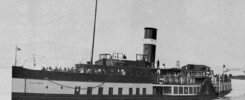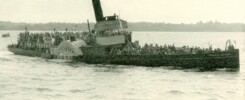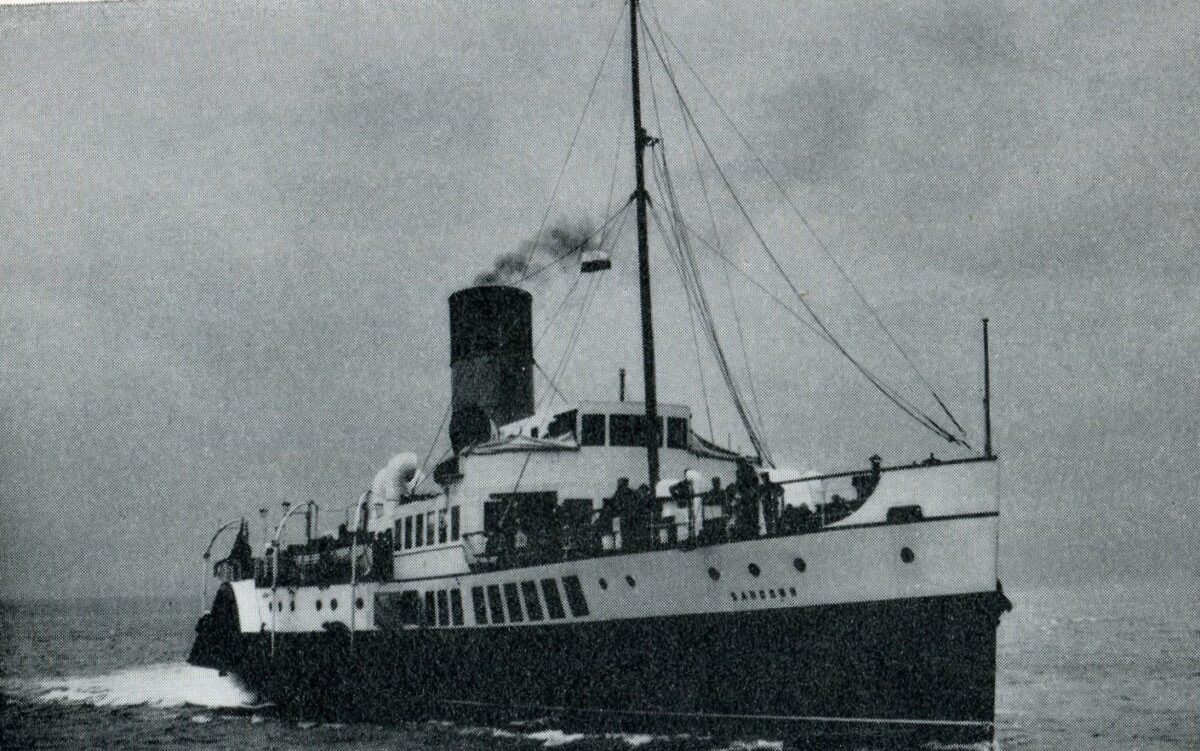
On Thursday 30th November 1933 the Southern Railway placed an order with Denny of Dumbarton to build a new paddle steamer for their Portsmouth to Ryde route and for summer excursions to be available in time for the 1934 summer season. She was to be called Sandown and was to be a slightly smaller version of their Southsea and Whippingham built in 1931.
Sandown was to be 223ft LOA, have a draught of 6.75ft, be powered by a triple expansion steam engine capable of driving her along at 14.5knots with steam provided by one return tube scotch boiler with a working pressure of 185 lbs per square inch. She should be capable of obtaining Passenger Certificates from the Board of Trade for Class III operations on coastal voyages of up to 70 miles from the starting point, not more than 15 miles from the shore, in daylight hours and in the summer only carrying 890 passengers and Class IV for year round day and night operation on Partially Smooth Waters in the Solent for 930 passengers.
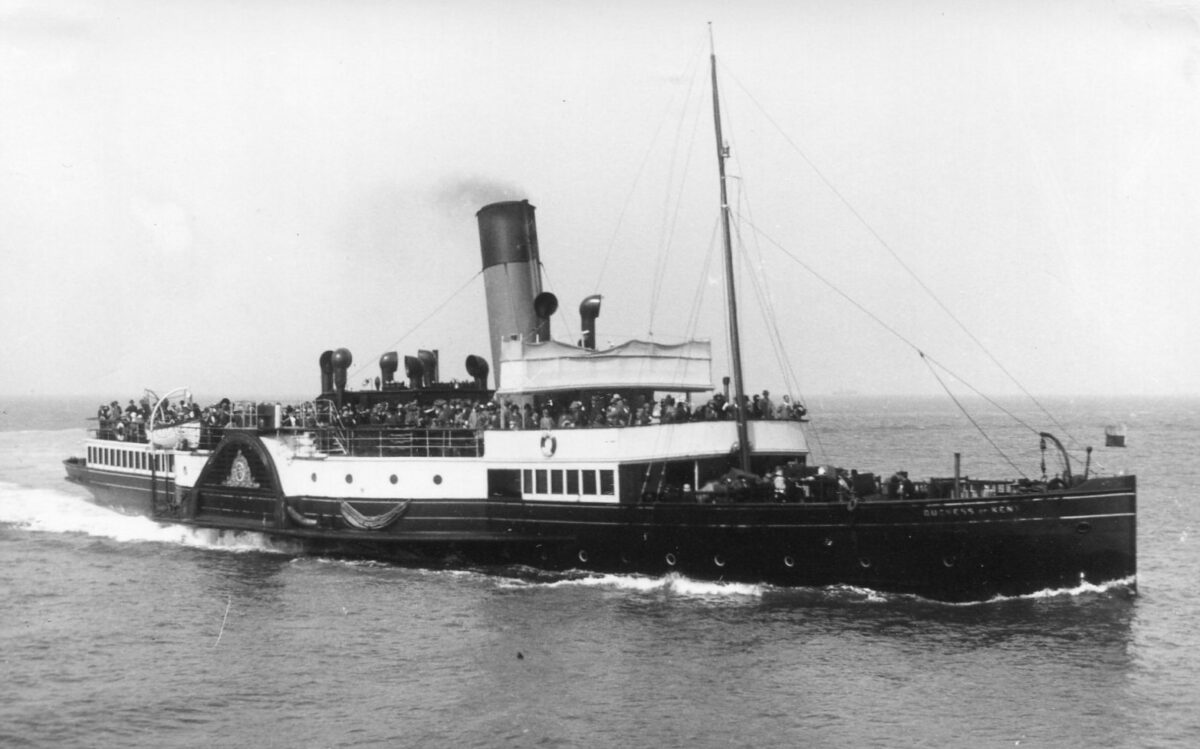
She was being built to replace the Duchess of Kent which had been operating on the service between Portsmouth and Ryde since 1897.
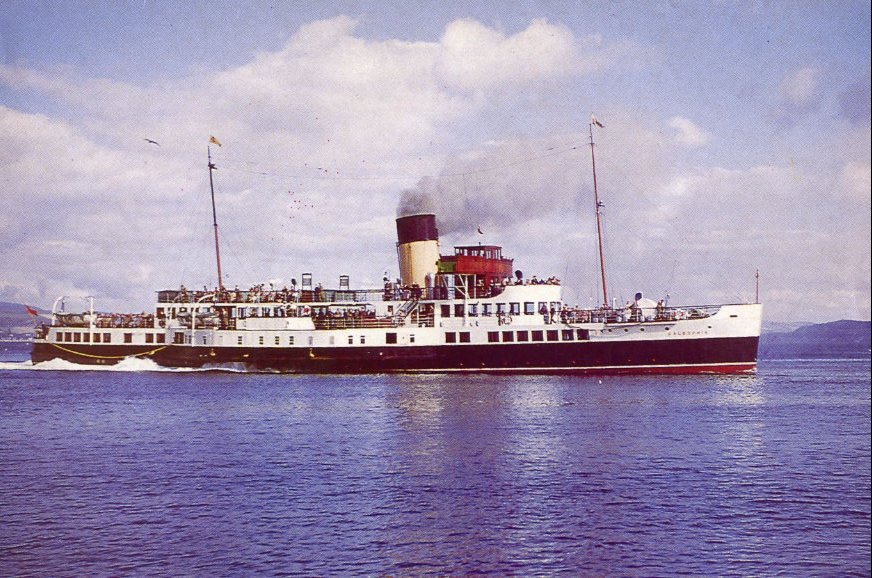
Interestingly Denny were building another paddle steamer in their yard at the same time to be called Caledonia for the LMS Railway’s Clyde services. At 230ft LOA she was to be ever so slightly larger than Sandown but nonetheless have a slightly smaller draught of just 6.25ft when carrying a deadweight of 60 tons (equivalent to around 900 passengers). She was also to be powered by a triple expansion engine capable in her case at driving along her along at the ever so slightly slower service speed of 13.75 knots but with steam provided by two cylindrical Navy water tube boilers working at up to 200lbs per square inch pressure.
Caledonia was to be built with beefed up scantlings compared with Sandown and therefore capable of obtaining a Board of Trade Class II Passenger Certificate for operation day and night throughout the year to sea including on the run across to Brodick on Aran with 601 passengers, Class III for operations on coastal voyages to sea in daylight hours and in the summer only carrying 963 passengers, Class IV for year round day and night operation on Partially Smooth Waters on the Clyde for 1,129 passengers in summer and 1,110 in winter and Class V for Smooth Waters on the Clyde day and night year round for 1,300 passengers.
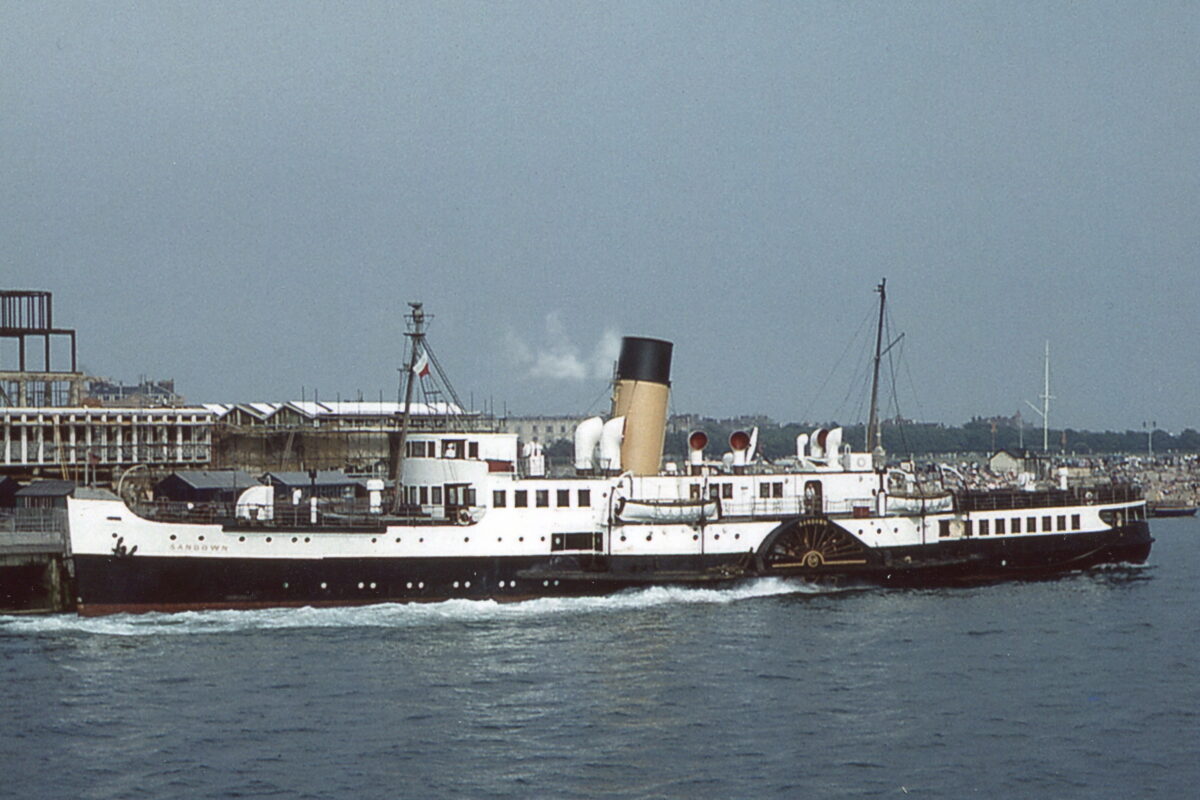
This is a good example of two paddle steamers of roughly the same size being designed differently at the same time to suit specific and different commercial remits. And the differences didn’t stop there. Although a slightly smaller ship Sandown was to be fitted with a bigger bunker capacity for 50 tons of coal, roughly speaking enough to keep her going for a week’s normal operation on the Solent. To keep the weight down on the larger Caledonia and give her a smaller draught she was to be fitted with a bunker capacity of only 29 tons of coal which meant that in service she had to bunker more frequently than Sandown.
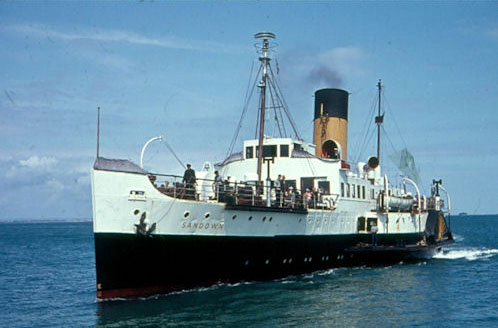
One thing which they did have in common was pushing up the amount of undercover passenger accommodation on deck. Both ships had more extensive promenade deck shelters than had been the case on earlier paddle steamers with Sandown’s forward saloon under the bridge extending the full width of the ship. That was a first for a UK paddle steamer.
Caledonia was launched on 1st February 1934 and was delivered to the LMS on the Clyde on 28th March. Sandown was launched on 1st May 1934 and delivered to the SR at Southampton on 18th June.
Both had operational careers exceeding thirty years with that length of service achieved courtesy of both receiving major rebuilds after the Second World War. Sandown withdrawn from service in September 1965 and Caledonia in October 1969. That’s like scrapping paddle steamers today built in 1989 and 1985 respectively.
Kingswear Castle returned to service in 2023 after the first part of a major rebuild which is designed to set her up for the next 25 years running on the River Dart. The Paddle Steamer Kingswear Castle Trust is now fund raising for the second phase of the rebuild. You can read more about the rebuilds and how you can help if you can here.
John Megoran
This article was first published on 30th November 2020.

